Are you on a healthy diet, or maybe do you run a restaurant serving smoothies and cream soups? Check which blender will be best for everyday preparation of food and drinks. Read our article and find out what to pay attention to when buying a blender.
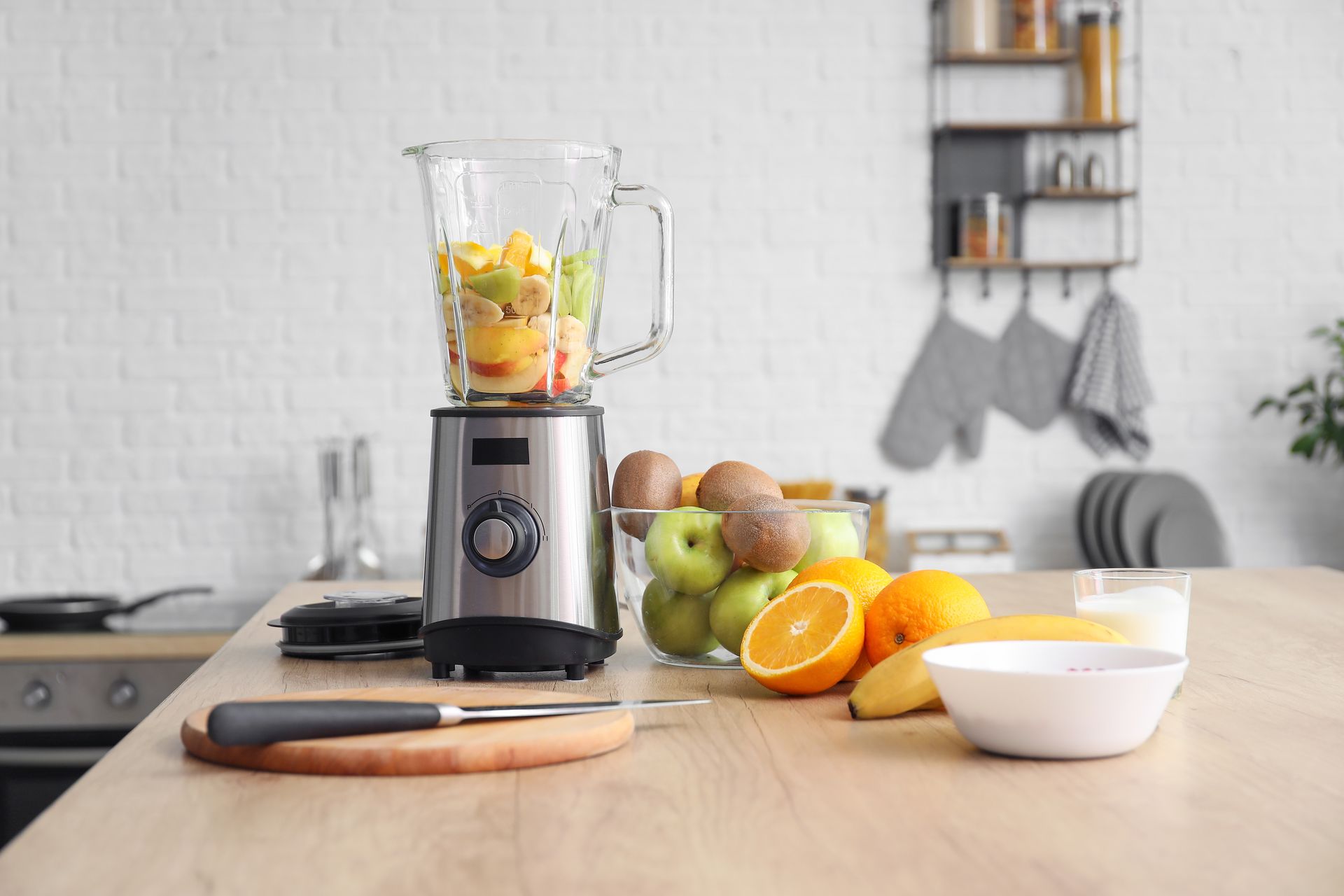
Are you on a healthy diet, or maybe do you run a restaurant serving smoothies and cream soups? Check which blender will be best for everyday preparation of food and drinks. Read our article and find out what to pay attention to when buying a blender.
Choosing the best blender – what should you pay attention to?
There are a few things you need to keep in mind when choosing the best blender for your needs. We will briefly go over them below:
- motor power,
- container size and material,
- RPM and variable speeds,
- additional features.
Blender motor power
Power is the basic parameter of any electrical device, where higher power allows for a longer lifespan and more efficient use. The same applies to blenders. The power range is usually from 300-1800 watts, which is quite a wide range, but the needs for home and commercial use are very different.
At home, where everyday food and drink is prepared in small amounts, a blender with less power, e.g. 600-800 watts, will do. It will be enough to prepare smoothies and blend vegetables, for example into a vegetarian vegetable sauce.
If hard nuts are a popular ingredient in your kitchen, then choose a model with enough power for the job. If you are wondering which blender to choose for commercial use, then go for a model with more than 1000 watts.
The same goes for other commercial kitchen appliances. So also check the power of a waffle maker or a planetary robot before buying it.
Recommended blenders – container size and material
The container is an element that distinguishes one blender from another. It is where the ingredients are mixed, and from where they are later served. Its size is therefore of great importance when it come to the right amount of food.
With regard to the size, models with 1.5 or 2 litres are usually recommended, because on the one hand they allow you to prepare a large amount of smoothies, but on the other hand they do not take up much space on the table top or during storage.
When choosing a blender, always look for a model that suits your needs. For example, a family that likes to drink smoothies or make vegetable sauces or soups will require a larger size blender (e.g. over 2 litres) than someone who lives on their own. In the latter case, the best size will be around 1.25 litres.
The containers not only come in different sizes, but are also made of different materials. You can usually choose from plastic and ordinary or tempered glass. When choosing one with a plastic cup, make sure that it does not contain harmful BPA. ‘BPA-free’ marking is usually found on the product’s packaging.
However, plastic cups can sometimes limit the possible uses of a blender, as they are not always suitable for some jobs, such as crushing ice. Tritan is currently a popular material, due to its resistance to mechanical damage and temperature changes, as well as being light and neutral to your health.
If you prefer natural materials, then opt for a model with a glass jug. Glass (in particular tempered glass) is distinguished by resistance to both high and low temperatures, and does not scratch. Unfortunately, it is also heavier than plastic.
How many blades should a good blender have?
The number and quality of blades is another parameter that influences the efficiency of blenders. Experienced users, when asked which blender will be best in terms of the number of blades, will usually answer that the more the better. Basic models have at least two pairs of blades. If there are more (e.g. three or even four pairs), you can be sure that the blender will be able to achieve a smooth consistency.
Some manufacturers use special systems to stop the ingredients on the sides of the container during processing. In this case the blended mixture constantly passes through the blades. The above solution also prevents lumps from forming. Ideally the blades should be removable, making them much easier to clean. Regardless of the number of blades, always pay attention to the material from which they are made. Stainless steel is generally considered the best, as it is not only reliable and easy to clean, but also safe for your health.
The blades themselves are only effective if they rotate at an optimal speed. So what RPM should a good blender have? The most popular models usually have just over 30,000 revolutions per minute. Some might even have 40 thousand. Models with a higher speed are also more powerful and are usually intended for commercial use. They are often called high-speed blenders. A useful option is a speed range, which can be adjusted to the type of ingredients.
A higher RPM directly influences the blending efficiency. This is actually important not only in the case of blenders, but also other equipment with rotating elements, so keep this in mind when you are choosing other equipment, such as a food processor.
What features should the best blenders have?
The saying ‘the more the better’ does not necessarily apply to blenders. It might seem that blenders with many different functions will be more efficient, but this is not always the case. Such blenders often cost much more, but you usually only use a few that are the most important on a daily basis.
You can easily avoid doing so it you carefully consider how you intend to use the blender: do you intend to blend hard vegetables into healthy cocktails, prepare hot soup or maybe you are a fan of fruit sorbets? The answer to this question will certainly make your choice easier. Below are the most common features of blenders.
- Pulse function – enables blending at the highest speed. This works well when mixing hard vegetables, e.g. carrots, parsley, pumpkins, beets, etc.
- Ice crushing – especially useful when preparing cold drinks or sorbets.
- Hot ingredient mixing – used to prepare soup based on a hot broth with freshly cooked vegetables.
- Emulsifying – liquefies ingredients to the consistency of an emulsion, e.g. cream soups.
- Purée blending – perfect for making snacks such as hummus or peanut butter.
- Chopping – great for preparing additives in the form of fresh herbs for soups, sauces, pasta etc.
- Flour grinding – lets you grind various types of grains to obtain flour, for example for baking homemade bread.
A common accessory that comes together with blenders is a pusher, also known as a tamper. It helps to additionally press the added ingredients so that they are shredded quickly and easily.
Advantages of a blender
The biggest advantages of blenders are:
- Universal use – a blender lets you prepare a wide range of different meals, healthy dishes, as well as fruit and vegetable smoothies or cold drinks.
- Precision – blenders will precisely mix your ingredients. Regardless of which blender you choose (how expensive it is), you will be able to precisely blend your ingredients, which would be impossible to achieve manually.
- Safety – this is possible thanks to the design. The blades are at the bottom of the jug, limiting the risk of accidental injury.
- Convenient, simple operation – blenders will do the job for you! All you have to do is add the ingredients and the blender does the rest.
Which blender should you choose for commercial use?
In a commercial kitchen you will need reliable and high-performance equipment. As mentioned earlier on, the most important aspect to pay attention to in the case of blenders is the power. Models with a power of 1200-1500 watts will work best. This also affects the speed of rotation of the blades, which is why high-speed blenders are best for commercial use. .. How can you choose a blender to meet your specific needs?
Which blender will work best in a sandwich bar?
Sandwich bars usually offer a fairly narrow assortment. In addition to sandwiches, these would usually be drinks. Therefore, bearing in mind the most important features of commercial blenders described in the previous part of this article, pay attention to the functions that allow you to prepare various types of sandwich pastes, e.g. hummus. This will let you advertise your business for your home-made products. Making smoothies, cocktails and other drinks is a great addition to your basic offer, as well as crushing ice to enhance your drink menu. Remember also about investing in a good juicer.
Which blender should you choose for a small bistro?
A small bistro has a wider offer range than a sandwich bar, so the scope of use of the blender will also be wider. The menu in such places will often include soup, dishes with various sauces, desserts and, of course, drinks. For this reason, before choosing the blender make sure it will be suitable for making cream soup or grinding leaves.
Which blender will work best in a restaurant?
Due to the extensive menu, in restaurants you will need equipment that is not only reliable, but also universal. An absolute minimum is a blender that is suitable for preparing sorbets, sauces, pastes, vegan mayonnaise, chopping herbs, and crushing ice. A good solution are cocktail blenders, specially designed for preparing smoothies, milkshakes, drinks and mousses. Whichever model you choose, it should definitely have an ice crushing function.
Blenders for cafes
A blender will also come in handy in a cafe, letting you expand your offer with juices, smoothies and shakes. If you bake cakes or prepare desserts, the option of grinding grain into flour will be a very practical option. You can then use the blender not only to prepare drinks, but also cakes.
Which blender should you buy – summary
A top quality blender will put you back a few hundred pounds. Therefore, in order to fully enjoy your investment, carefully consider your needs before choosing the best model for you. First of all, pay attention to the appropriate power of the blender and the RPM, which will determine how efficient it will be during use. The capacity of the container is equally important, as this will determine the amount of food or drink you can prepare at one time. It should be good quality and serve you for a long time.
Additional features depend on your specific needs. Some models are better for preparing vegetable sauces or purees, while others will be good for milkshakes and smoothies. Before deciding which blender to buy, ask yourself what you intend to use it for.

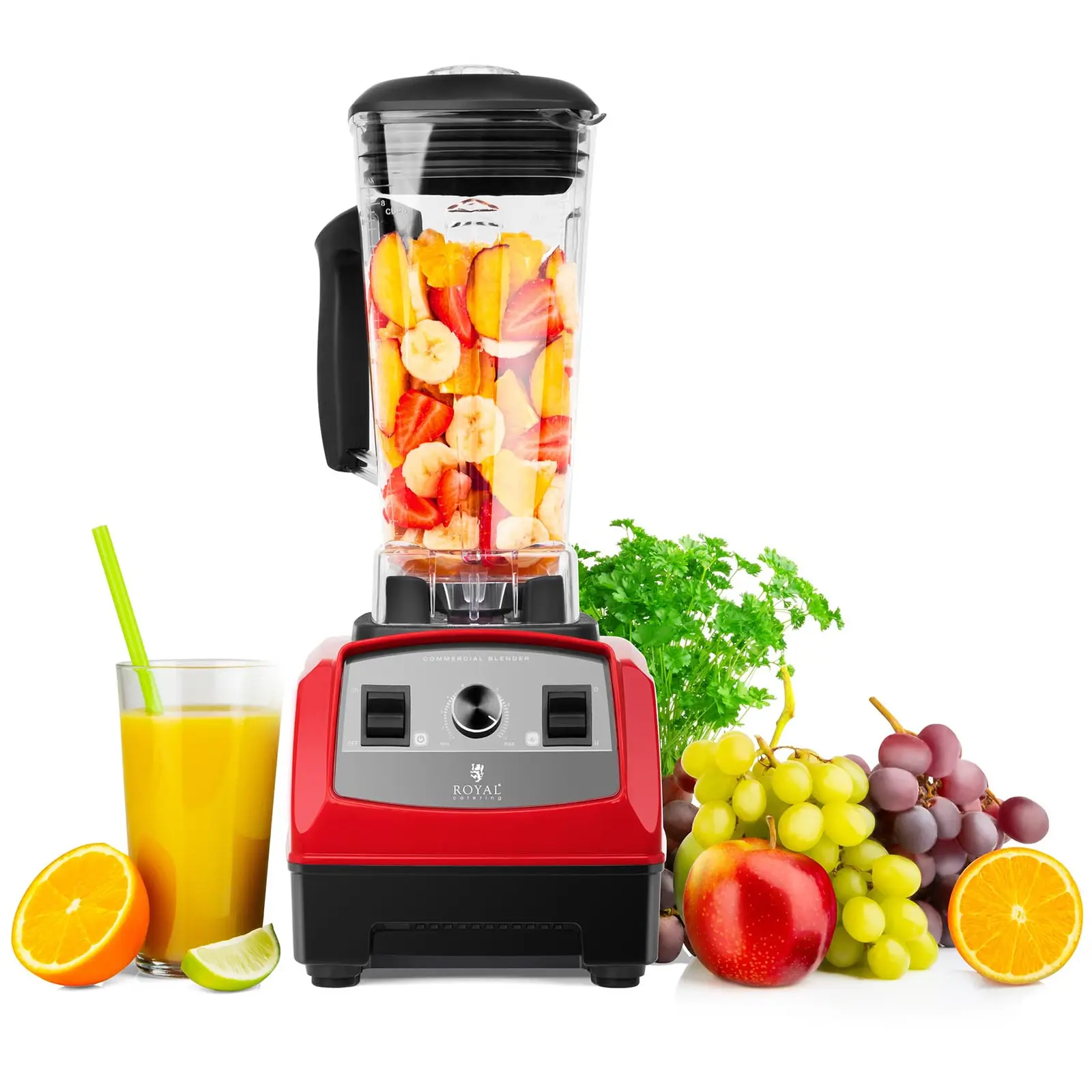
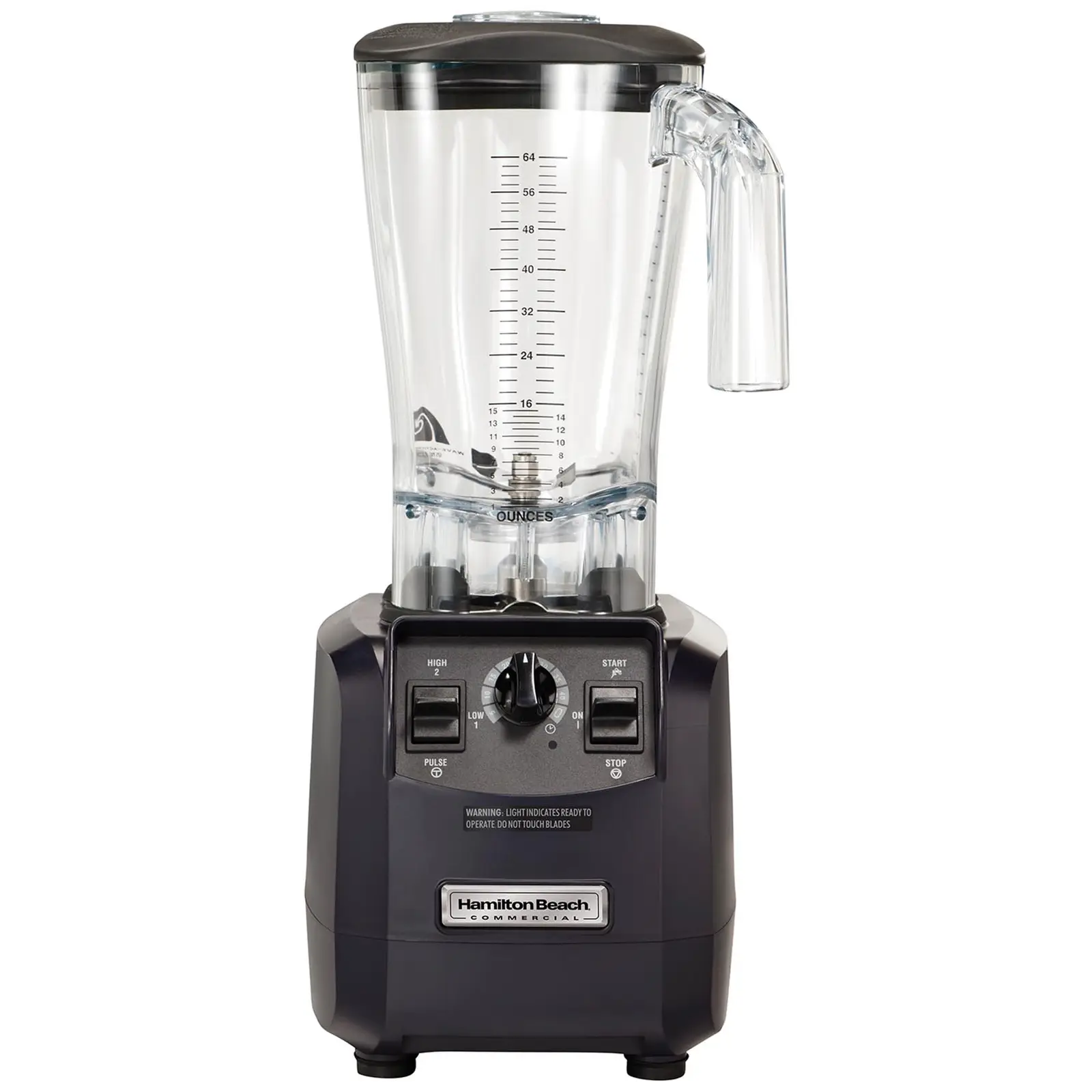




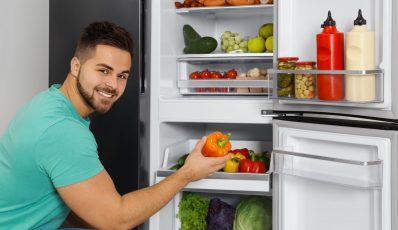
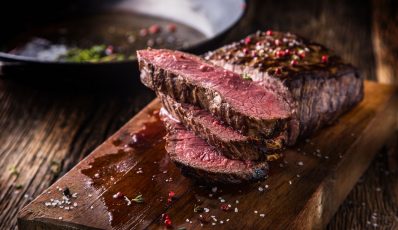


Share